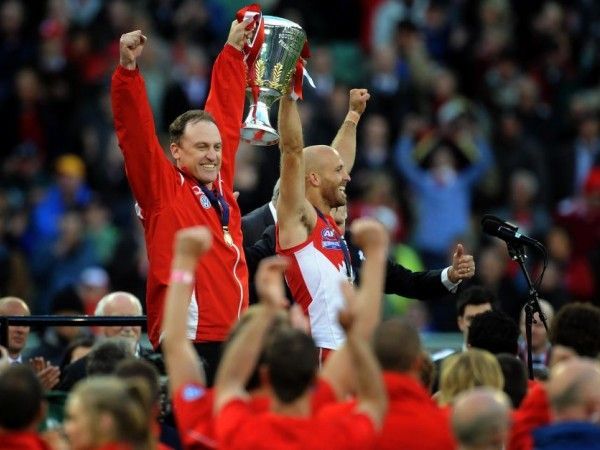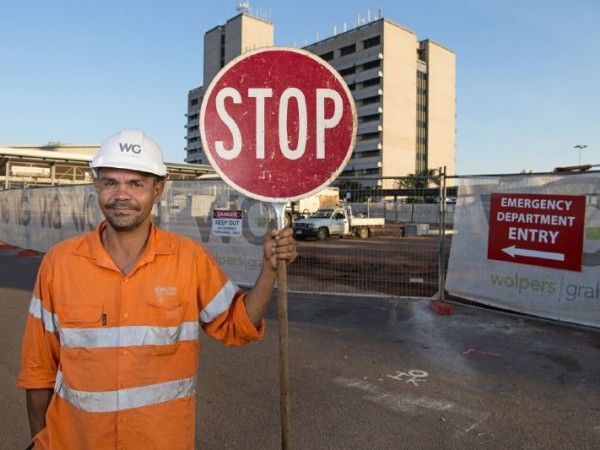Lessons from US tour
Recently I took part in a two week coaching developing tour of the US, spending time with professional sporting teams, college teams, Navy SEALs as well as having conversations with ex NFL coach and now commentator Eric Mangini.
Recently I took part in a two week coaching developing tour of the US, spending time with professional sporting teams, college teams, Navy SEALs as well as having conversations with ex NFL coach and now commentator Eric Mangini.
The tour was designed to have open conversations around coaching, leadership, player development and player welfare.
Day one started in San Diego at Chula Vista USA Olympic training base where we spoke with coaches from sports such as hockey, beach volley ball, water polo, indoor volley ball and archery to name a few. These around the table conversations were an interesting one coming off an Olympic Games, which wasn’t a successful one for the USA.
Day two was spent with the Navy SEALs, an experience that blew me away! 63 weeks it takes from induction to graduation as a Navy SEAL and the selection process in brutal. Anyone can walk off the street and apply to be a SEAL, and out of 300 potentials 80% will make it through the initial screening and only half of them will make it through the following ‘hell week’. At the end of 63 weeks about 20 of the 300 will become a Navy SEAL. Selecting ‘character and competence’ is what Commander Jay Hennessey drives.
It’s hard to comprehend what these guys are training for, as at the end of the day it’s to basically survive with the reality being either life or death.
Day three was up to San Francisco were we visited the prestigious Stanford University; spending time with coaches from their football, swimming, hockey, volley ball, golf and water polo programs. When taking about high standards, Stanford expects nothing but elite and with 16,000 students it’s considered one of the smaller universities in the US.
As the tour went on I started to notice a common theme: bigger, stronger, faster, which means expectations on results. Now this isn’t a bad thing but it also has its traps. When people set the expectation levels so high for others and the individuals don’t reach them, results become mixed. Then we start to see the ‘individual’ as the problem but never really question the ‘system’.
This is worth exploring if your workplace or sporting club have high turnover or are falling short of result/expectations. Who /what are you questioning? The individual or the system?
If you have followed my blogs you will start to see a theme: workplace culture, valuing individuals, seeing the strengths in your employees and not focusing on the downfalls, celebrating the small wins and building an enjoyable work place which will aid to see the results that you want to achieve.
High expectations are good, but at what cost?
Xavier Clarke.
















